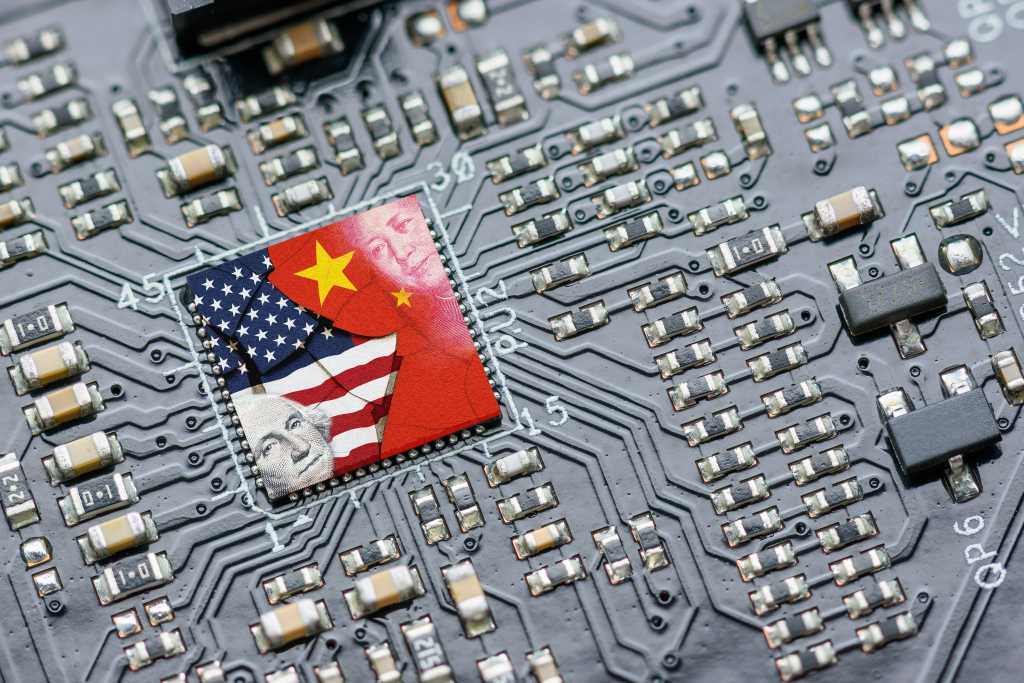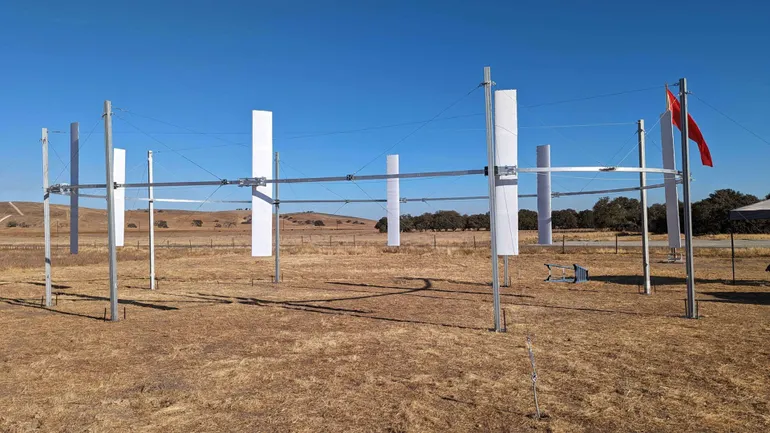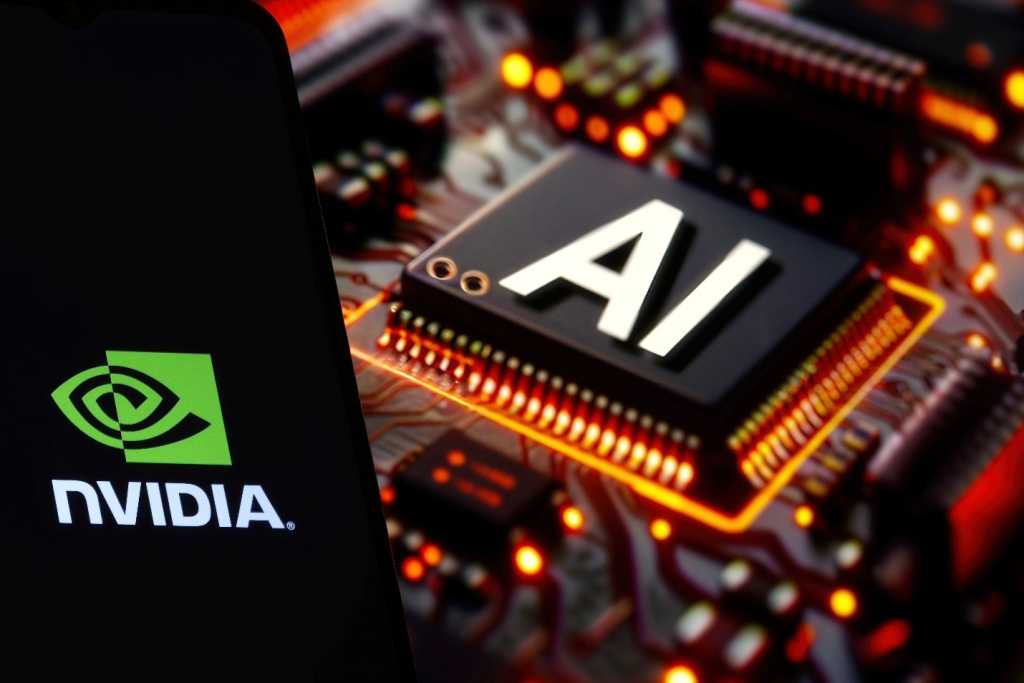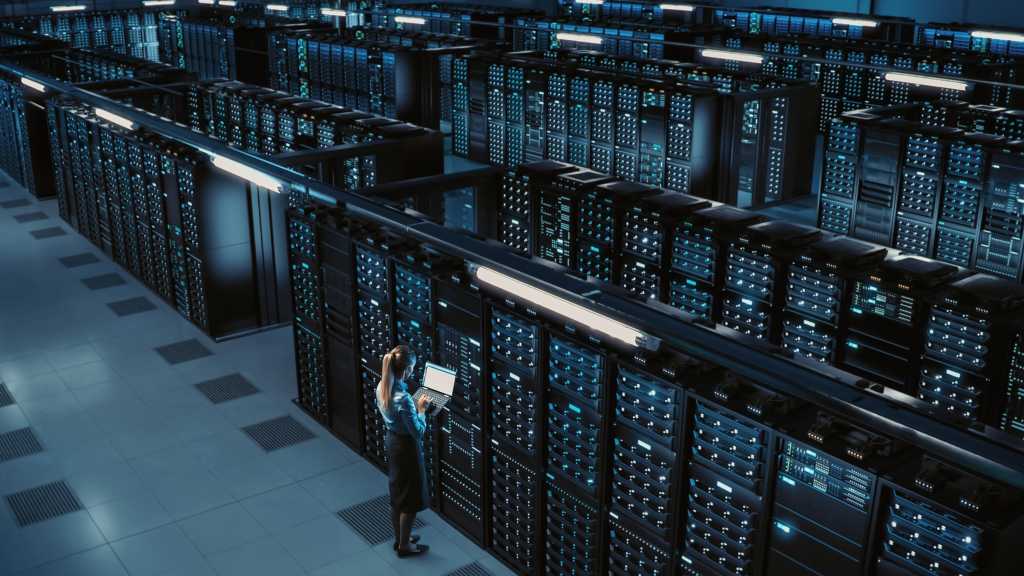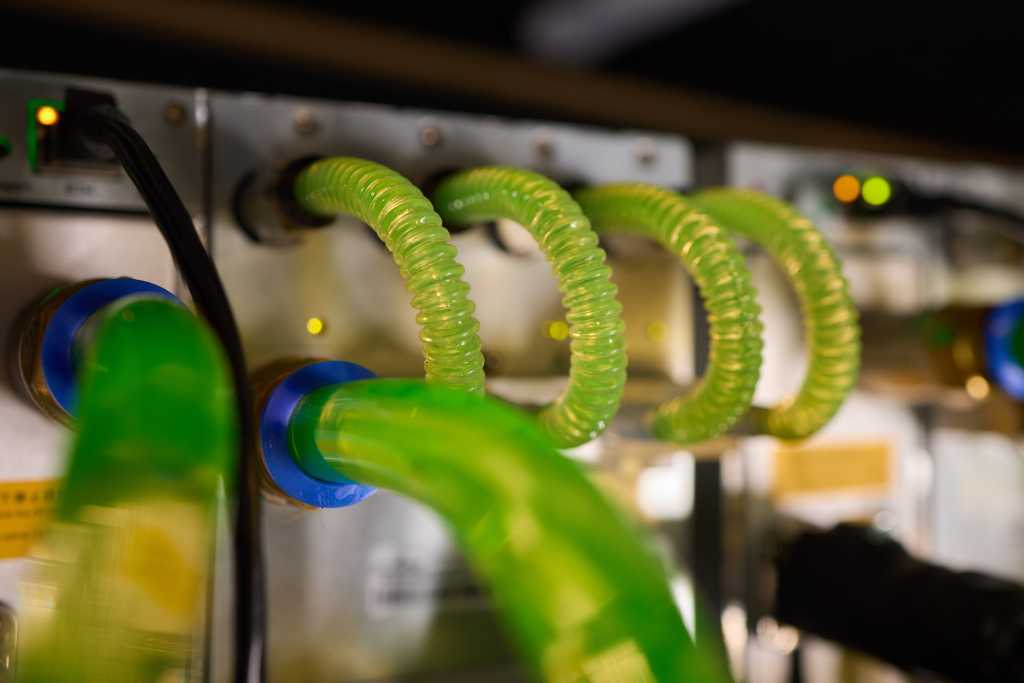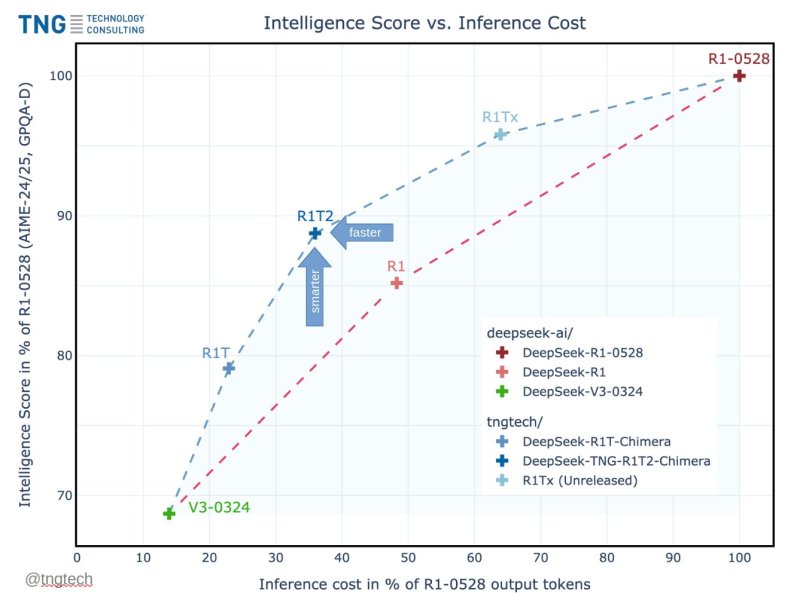
Chevron Corporation subsidiary Chevron USA Inc. has completed the divestment of a 70 percent interest in its East Texas assets to TG Natural Resources (TGNR), which is jointly owned by Tokyo Gas Co., Ltd. and Castleton Commodities International LLC (CCI).
The transaction consideration was $525 million, with $75 million paid in cash and $450 million as a capital carry to fund the Haynesville development, Chevron said in a news release.
Chevron said it retains a 30% non-operated working interest in a joint venture with TGNR and an overriding royalty interest in the assets. Tokyo Gas and CCI own approximately 93 percent and 7 percent interests in TGNR, respectively.
The transaction supports Chevron’s plans to divest $10 billion to $15 billion of assets by 2028 in order to optimize its global energy portfolio, the company said, adding that it is expected to generate over $1.2 billion in value to Chevron at current Henry Hub prices through the multi-year capital carry, retained working interest, and overriding royalty interest.
Chevron said it expects to “maintain future upside through the joint venture structure while accelerating [the] development of a non-core asset through a capital efficient approach”.
With the acquisition, TGNR said it adds over 250 gross locations to its existing Haynesville inventory, assuming four wells per section, extending its inventory life beyond 20 years at the current development pace, “not counting the Bossier and Cotton Valley plays that are commercial at current prices”.
The Haynesville acreage in the transaction is relatively undrilled and held by shallower production, “allowing parent-child effects between wells to be mitigated,” TGNR said in a separate statement.
TGNR CEO Craig Jarchow said, “We are excited to partner with a world-class company like Chevron on this transaction. There is considerable operational overlap between the Chevron acreage and the legacy TGNR acreage, which will allow TGNR to realize synergies of over $170 million during the development of the asset”.
TGNR describes itself as one of the largest producers in the Ark-La-Tex region of East Texas and Northern Louisiana.
Last month, Chevron purchased 15.38 million shares of Hess Corporation’s common stock at prevailing market prices, according to a company regulatory filing. The company purchased 15,380,000 Hess shares between January and March.
“These purchases, which were made at prices that represent a discount to the price of shares of Hess common stock implied in the exchange ratio set forth in the Merger Agreement entered into between Chevron and Hess on October 22, 2023, reflect Chevron’s continuing confidence in the consummation of the pending acquisition of Hess”, Chevron said in the filing. “These purchases of shares of Hess common stock are in addition to repurchases of Chevron common stock being made for the first quarter ending March 31, 2025 pursuant to Chevron’s stock repurchase program”.
Chevron plans to acquire Hess in an all-stock deal. However, ExxonMobil and CNOOC, Hess’ partners in the Stabroek block, decided to file cases before the International Chamber of Commerce in March 2024. The proceedings have delayed the merger.
To contact the author, email [email protected]
WHAT DO YOU THINK?
Generated by readers, the comments included herein do not reflect the views and opinions of Rigzone. All comments are subject to editorial review. Off-topic, inappropriate or insulting comments will be removed.
MORE FROM THIS AUTHOR

